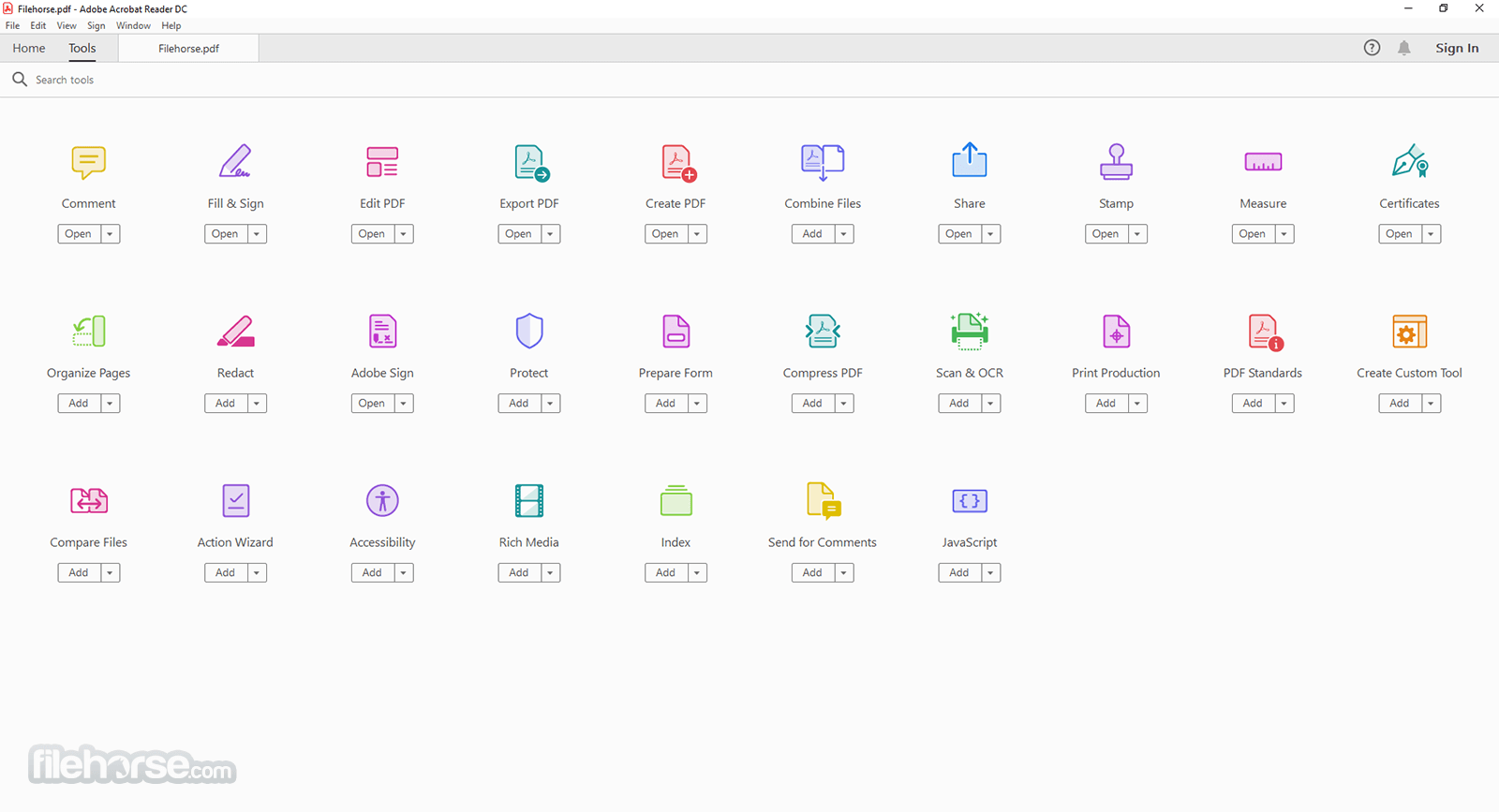
- How to format usb drive for personal cloud using external drivers#
- How to format usb drive for personal cloud using external archive#
- How to format usb drive for personal cloud using external mac#
The problem with considering a RAID as your backup is that it doesn’t help you with file deletion, corruption by applications, operating system or viruses. RAID levels 2, 3, and 4 are not commonly used anymore. Other options include RAID 6 or RAID 10, but they aren’t often found in consumer-level RAID units. This makes RAID very good for video editing systems. Since data is read from multiple disks, performance can improve under RAID 5. RAID 5 needs a minimum of three disks to implement. Since parity information is distributed across all the drives, any drive can fail without causing the entire array to fail. Parity data is a smaller amount of data derived mathematically from a larger set that can accurately describe that larger amount of data, and thus serves to restore it.

RAID 5 writes and reads from multiple disks, and it distributes parity data across all the disks in the array. RAID 5: This mode is about both speed and redundancy. If either drive fails, you can continue working with the other until you can replace the bad one. RAID 1: This mode writes and reads the same data to pairs of drives which is called mirroring. RAID 0 offers no protection against drive failure, since this mode does not write any duplicate or parity information. For example, block A is on drive 1, block B is on drive 2), and this permits increased write and read speeds. RAID 0 spreads the data across multiple drives. RAID 0: Its primary purpose: faster performance. There are many different types of RAID configurations: The terms 1-disk or 2-disk redundancy refers to the number of drives that can fail with the array remaining usable. It is designed for redundancy so that the array and its data remain usable WHEN (NOT IF) a drive fails. The concept of a RAID is to combine multiple, less-expensive drives into a single, higher-capacity and/or faster volume. Period.”įor those who never heard of it, RAID stands for “Redundant Array of Independent Disks” or “Redundant Array of Inexpensive Disks.” And for those who use the phrase “RAID array,” thats redundant. To borrow a quote from a fellow photographer’s blog, “Repeat after me three times: RAID is not backup.
How to format usb drive for personal cloud using external archive#
One of the first things to remember is that an archive and a backup are NOT the same. From RAID systems, like a Drobo, to triple redundant drives, to no backup at all. Like their shooting styles, their archive/backup schemes can be just as diverse. Photographers acquire A LOT of images, and that translates to terabytes of data that need to be saved and protected. One in a waterproof Pelican case at home and the other in the safe deposit box.Īll worked up images are also stored on PhotoShelter. Past years are stored on two WD My passport Drives. Every month or so (depending on workload) the backup is backed up to a WD My passport Drive and that copy is moved offsite to a safe deposit box. That drive is backed up daily using Time Machine. The daily work for the year is stored on an external 5TB drive. UPDATE: As for my current 2018 setup, I am running an iMAC with a Retina 5K Display and a 3.5GHz Processor with 1TB Storage. Yes it can be used as a backup destination, but the redundancy is not a backup in itself. So in that vein, I am retitling the post. THIS IS NOT A BACKUP SYSTEM.This was the point I was trying to make. What I am trying to say is that many people use a RAID as their primary storage system, and have it configured either as a RAID 1 or 5, thinking that the redundancy of the RAID is a backup. It is possible I did not make clear what I was trying to convey about RAID.ĪNOTHER NOTE: I have redesigned the site and for some reason, the comments are not showing.

The device that is now gone from the list is your USB device.NOTE: Over the past few years, I have received a lot of messages and comments about this post. Note: If you are unsure of the drive designation, unplug the USB drive temporarily before running the df command again. In this example, the USB drive is /dev/sdb1. Locate the USB in the list and find the corresponding device. The terminal prints out a list of all mounted partitions and relevant information: used space, available space, used space percentage, and the path. Open the terminal and run the following command: df Unmounting and formatting the USB drive.įollow the instructions below to format a USB drive using the terminal.The easiest and fastest way to format a USB drive in Linux is through the terminal.
How to format usb drive for personal cloud using external drivers#
Windows, Mac, Linux (requires extra drivers to access)
How to format usb drive for personal cloud using external mac#
Windows, Mac (read-only), most Linux distributionsįor internal drives and Windows system files

.jpg)
Their main features and differences are: File System The most commonly used file systems when formatting a USB drive are: There are many file systems in use, differing by maximum file size and operating system compatibility. Which File System to Use for USB Formatting?


 0 kommentar(er)
0 kommentar(er)
